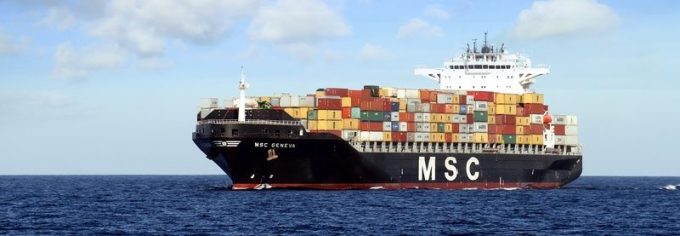Multiple factors return Rotterdam to top of Europe's box chart
Factors: congestion, omissions and land side

Ocean carriers are opting for more standalone services or slot-swop agreements, with capacity operated under vessel-sharing alliance agreements falling to a three-year low.
The independent charge is led by MSC, with its aggressive market share growth strategy and launch of a raft of new services.
According to ...

Comment on this article